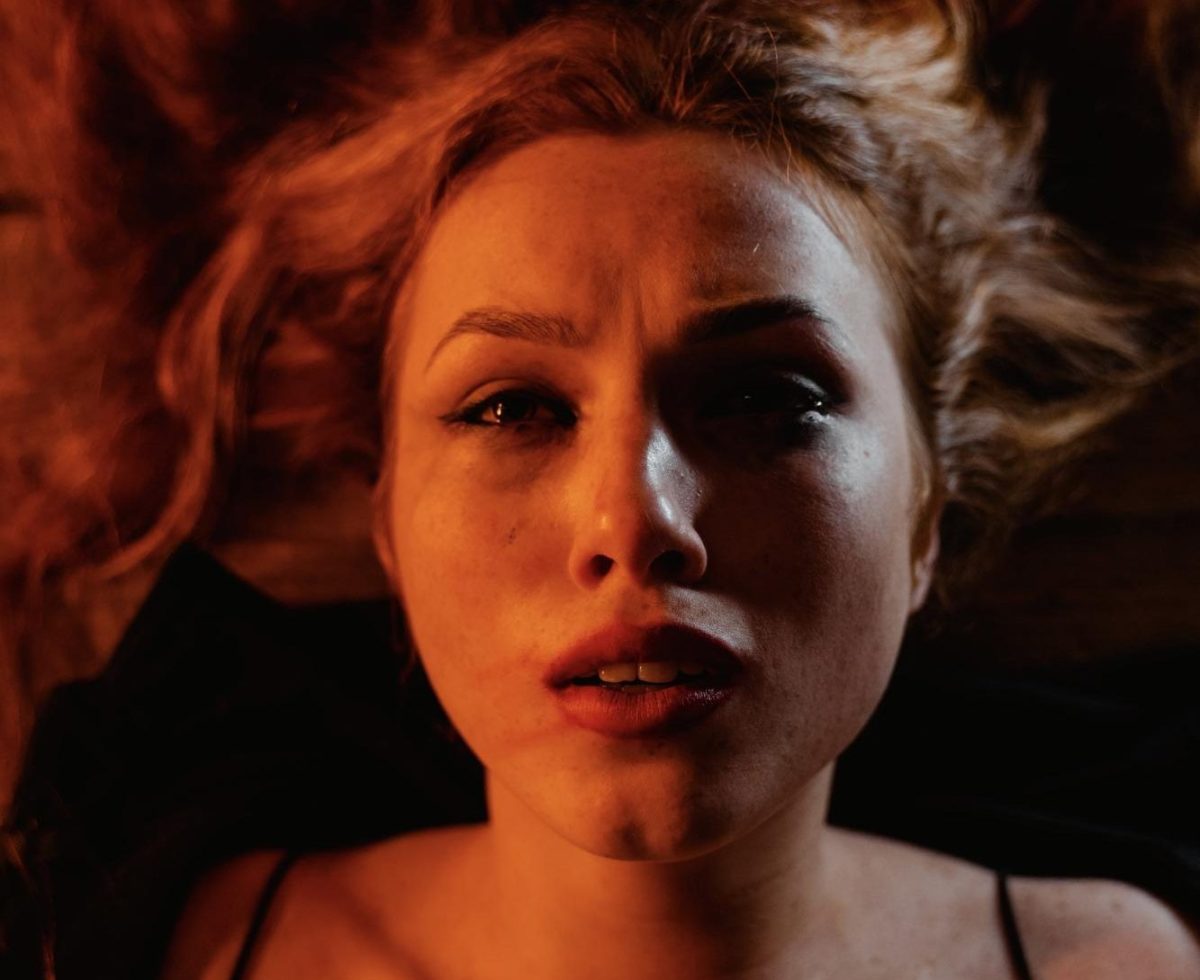An exploration of the complex and unsettling allure of female suffering in media and life.
“As a teenager I wrote the following string of sentences in my diary ‘The world loves a beautiful woman. The world loves a beautiful dead woman. The world loves a dead woman.’ from my ripe adolescent years I knew my place; to be a beautiful creature who suffers,” said a 2023 essay from the Final Girl Zine.
There is something erotic about female suffering, something alluring and addictive, and this is exemplified both in media and in reality. As of recently, a prime example lies in HBO’s The Idol, created by Sam Levinson and The Weeknd. The series tells the story of a traumatized, abused, and deeply disturbed young woman trying to survive in a corrupt industry, and yet sex remains its core focus; The Weeknd, who co-wrote, executive produced, and starred in the project, even implicated the series as a dark erotica. Another example is the novel Lolita (as well as the film of the same name) which chronicles a young girl, a child, being preyed on and abused by a pedophile, and yet the trope and the novel as a whole is greatly romanticized and sexualized.
This extends far beyond story-based media. According to the National Library of Medicine, it is estimated that up to 90% of pornography produced by and for heterosexual male audiences contain aspects of violence; because 90% to 99% of men consume internet pornography on a regular basis, this violence and perception of said violence is reflected in modern sexual culture. Additionally, mental illness—anxiety, depression, PTSD—as well as general feelings of sadness and even fear, are heavily sexualized. According to an article from Healthline, these may lead to the development of more anxious attachment styles which are often associated with increased sexual activity. Additionally, emotional disorders and low self esteem are often miscategorized under the catch-all concept of the Electra Complex, more commonly referred to as “daddy issues.”
Young women are often familiar with their pain; they are at home, living in a state of perpetual discomfort. Leslie Jamison’s Grand Unified Theory of Female Pain refers to these young women as “post-wounded women”: women who are so accustomed to the seemingly innate pain of the female experience that they are blasé about their own feelings. They have an ability to disconnect. They pause to smile and pose in the mirror despite their weeping. However, online discourse has seemingly shifted and young women are no longer just watching themselves cry, they are now putting their tears, panic attacks, bumps, and bruises on full display via TikTok and Instagram. It may be argued that these trends are about authenticity, embracing the pains of girlhood, and actually breaking from patriarchal notions about women, that to be open and vulnerable is to be resistant. However, a problem remains: are we really being authentic? And is that even possible?
In The Robber Bride, famed author Margaret Atwood says, “Male fantasies, male fantasies, is everything run by male fantasies? Up on a pedestal or down on your knees, it’s all a male fantasy: that you’re strong enough to take what they dish out, or else too weak to do anything about it. Even pretending you aren’t catering to male fantasies is a male fantasy: pretending you’re unseen, pretending you have a life of your own, that you can wash your feet and comb your hair unconscious of the ever-present watcher peering through the keyhole, peering through the keyhole in your own head, if nowhere else. You are a woman with a man inside watching a woman. You are your own voyeur.”
We are our own voyeurs, and we cannot escape the male gaze because it is entangled and ingrained into our very DNA. There is no true resistance. This is why these concepts are also prevalent in female focused media. For instance, Lana Del Rey has a mostly female audience and her music revolves around mental illness, substance abuse, heartbreak and suffering at the hands of men, but it’s an aesthetic more than anything else. It’s not about crying and hurting; it’s about crying and hurting and being hot. It’s about being the sexy, broken, baby girl, and it is proof of how women and girls internalize the concepts perpetuated by the male gaze.
Are we being authentic and vulnerable, or are we not? The truth is that we are looking to believe in our own depth while simultaneously denying it. This isn’t to say that there’s a falseness in women’s suffering. It’s very real, and it is immense. What it demonstrates is that both men and women have a grossly distorted view of female emotions. Women are trapped, with or without their knowledge. Truthfully, we know in our souls that we are doomed to suffer, and that is what makes us women; our purpose is sex and suffering. However, for the young women of today, there is something beautiful and free looming beyond the horizon — an unspoken sense that we are destined for something greater, and that is what gives us hope. But whether or not it is a false hope is a question that remains unanswered.


